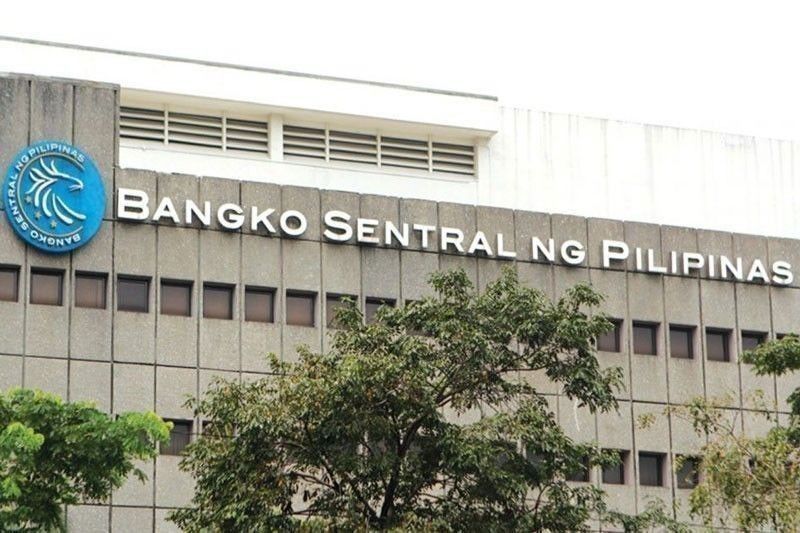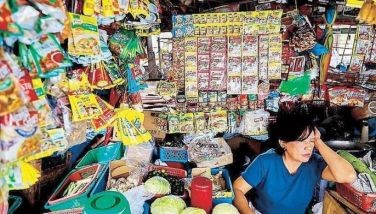Forex buffer drops 1.6% to $86.4 billion in January

MANILA, Philippines — The country’s foreign exchange buffer declined by 1.6 percent to $86.42 billion in January from a record high of $87.84 billion in December due to strong outflows as the government paid more foreign debt, the Bangko Sentral ng Pilipinas (BSP) reported yesterday.
The central bank said the month-on-month decline in the gross international reserves (GIR) reflected outflows arising from the government’s foreign exchange withdrawal to pay its foreign exchange obligations.
The BSP said the decline was partially tempered by the central bank’s net foreign exchange purchases from foreign exchange operations as well as income from investments abroad.
The GIR is the sum of all foreign exchange flowing into the country. It serves as buffer to ensure that the Philippines would not run out of foreign exchange that it could use to pay for imported goods and services, or maturing obligations in case of external shocks.
The central bank has been building up the country’s foreign exchange buffer to help the country survive external shocks. It uses the buffer to buy or sell dollars if it deems necessary to prevent sharp depreciation or appreciation of the peso.
The peso continues to trade within the 50 to $1 level and sometimes flirts with the 51 to $1 level.
The BSP said the GIR in January could cover 7.6 months’ worth of imports of goods and payments of services and primary income.
The buffer, according to the central bank, is also equivalent to 5.3 times the country’s short-term external debt based on original maturity and four times based on residual maturity.
BSP Governor Benjamin Diokno said earlier the sustained structural sources of foreign exchange inflows in the economy such as remittances, revenues from the business process outsourcing (BPO) sector and tourism receipts as well as foreign direct investments and foreign portfolio investments help finance the country’s current account (CA) deficit.
“This is more than twice the traditional metric used to determine reserves adequacy, that is, equivalent of three months worth of imports,” Diokno said.
The Philippines booked a BOP surplus of $7.84 billion last year, the highest in seven years and reversing the $2.31 billion deficit recorded in 2018, while the current account deficit narrowed to $992 million between January and September last year from a year ago level of $5.8 billion.
For this year, the BSP sees the GIR level hitting $86 billion, enough to cover 6.8 months’ worth of imports.
Strong inflows continued to beef up the GIR from sustained remittances, robust receipts from business process outsourcing and tourism as well as steady foreign investment inflows.
The central bank sees the country booking a smaller balance of payments (BOP) surplus of $3 billion, about 0.7 percent of gross domestic product (GDP) this year from the projected $4.8 billion or 1.3 percent of GDP last year.
The BOP is the difference in total values between payments into and out of the country over a period.
- Latest
- Trending





























